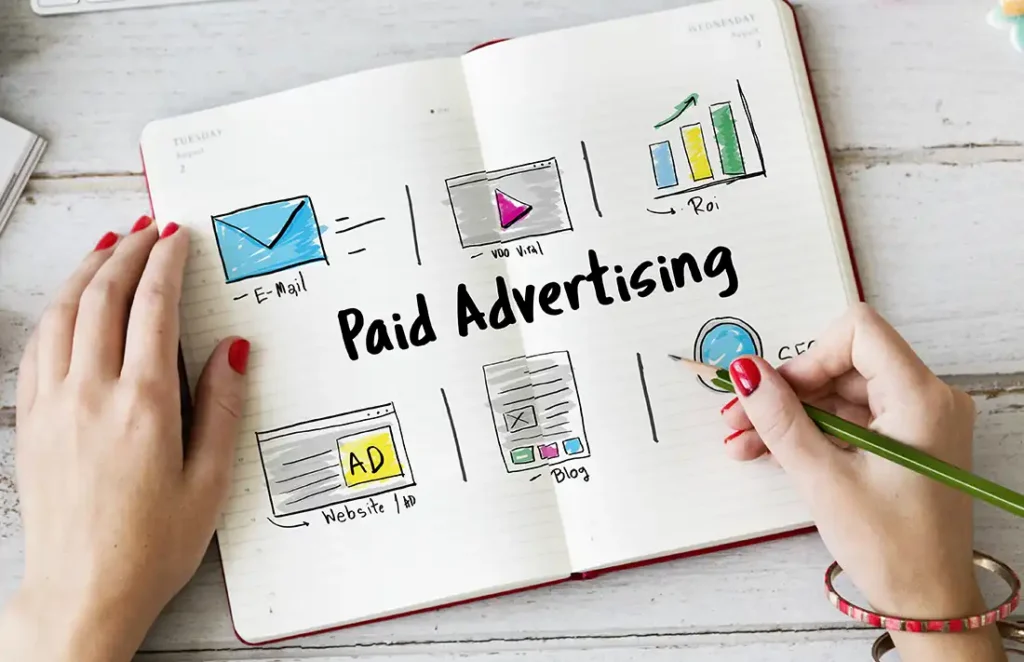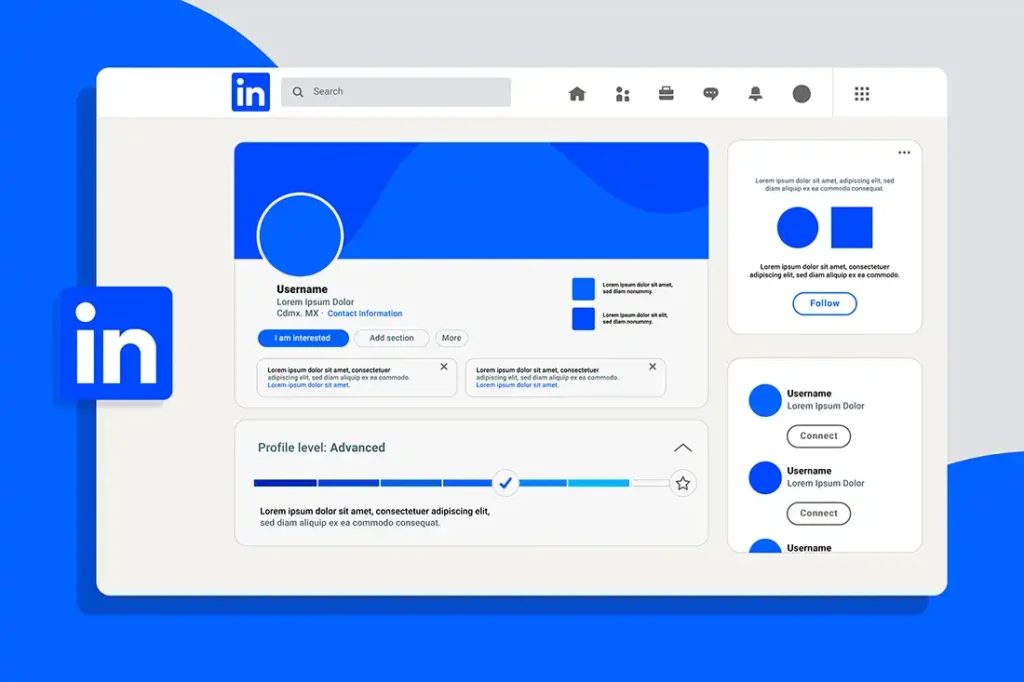Picture this: It’s Monday morning, and you’re staring at an empty sales pipeline.
Sound familiar?
You’re not alone. Most marketing agencies struggle with the same problem – finding quality prospects while juggling existing clients.
It’s like trying to fix a leaky roof while it’s raining. You need new business to grow, but you’re too busy serving current clients to focus on lead generation.
Here’s the thing: Traditional lead generation methods don’t cut it anymore in 2025.
Cold calling? Good luck getting past the gatekeeper. Mass emails? They’re landing in spam folders. Networking events? Everyone’s selling, nobody’s buying.
The average agency now spends $2,000 per month on lead generation tools and strategies. That’s $24,000 a year just to keep the pipeline flowing.
But what if I told you there’s a better way?
This guide reveals 10 proven strategies that generate qualified leads consistently. No more feast-or-famine cycles. No more hoping for referrals that never come.
You’ll discover content marketing tactics that position you as the expert, website optimization techniques that convert visitors into prospects, and automation tools that work while you sleep.
Ready to transform your agency’s lead generation results? Let’s dive in.

Here’s a hard truth: If you try to serve everyone, you’ll serve no one well.
I see agencies making this mistake all the time. They offer “full-service digital marketing” to “any business that needs growth.”
That’s like being a doctor who treats everything from brain surgery to broken toes. Would you trust that person with your life?
Start with your core strengths.
Are you amazing at SEO? Say that. Do you crush it with social media campaigns? Own it. Are you the PPC wizard in your market? Shout it from the rooftops.
Next, get laser-focused on your ideal client.
LeadsBridge figured this out. They don’t chase every lead that comes through the door. Instead, they create customized solutions for specific industries.
The result? Higher conversion rates and happier clients.
Here’s what works:
When I was developing cost prediction algorithms, I watched agencies fail because they tried to help everyone. The successful ones? They became known for solving specific problems for specific people.
Your homework: Write down exactly who you serve and what you do for them. If you can’t explain it in one sentence, you’re too broad.
Content marketing isn’t just about pumping out blog posts. It’s about building trust before someone’s ready to buy.
Think about it. When you need a plumber, do you call the guy with the biggest Yellow Pages ad? Or do you call the one your neighbor recommended after he fixed their pipes perfectly?
Content marketing makes you the recommended guy.

Here’s what actually works:
Blog posts that solve real problems
Educational videos that show your expertise
Comprehensive guides that position you as the expert
The secret sauce? Give away your best stuff. I know it sounds backward, but when you freely share valuable insights, people trust you with their money.
Free content builds trust. Gated content captures leads.
You need both.
What works for gated content:
Pro tip: Create at least three pieces of gated content monthly. This keeps your pipeline flowing with fresh leads.
The key is making your gated content so valuable that people would pay for it. When someone gives you their email for a free resource, they’re saying “I trust you enough to let you into my inbox.”
Don’t blow that trust with immediate sales pitches.
Your website is working 24/7. The question is: Is it working for you or against you?
Most agency websites are digital brochures. They look pretty but don’t generate leads.
Here’s how to fix that.

Every page on your website should have a job. That job is to move visitors closer to becoming clients.
Create dedicated landing pages for each service
Place lead forms strategically
Test everything
Unbounce makes this easy with drag-and-drop builders and built-in A/B testing.
Add compelling lead magnets
Remember: People don’t fill out forms for fun. They need a good reason.
SEO is the gift that keeps giving.
Unlike paid ads that stop working when you stop paying, SEO-optimized content continues attracting leads months after publication.
Dure Ross from Dure & Company proves this. His consistent SEO and blogging efforts establish expertise while improving search rankings.
The SEO approach that works:
Google rewards agencies that consistently publish helpful content. Your prospects reward you by choosing your agency over competitors.

Stop spraying and praying. Start sniping.
Account-based marketing flips traditional lead generation on its head. Instead of casting wide nets, you use precision targeting.
Mark Skroch from BCV Social does this with bi-monthly webinars addressing specific challenges faced by target accounts.
Why ABM works:
How to implement ABM:
During my work developing financial management software, personalized outreach to CFOs and finance directors yielded 3x better response rates than generic campaigns.
The key is creating custom landing pages, personalized email sequences, and industry-specific case studies that demonstrate clear ROI.
Paid ads can transform your lead generation. But only if you’re strategic about it.
Here’s the truth: Most agencies waste money on paid advertising because they target everyone instead of someone.

High-intent prospects are already looking for what you offer. They just need to find you.
Target specific search terms:
Set up retargeting campaigns
Respond fast
Track what matters:
Social media ads work when you target the right people with the right message.
What works:
Platforms that convert:
Test different formats:
Monitor your cost per lead daily. Optimize campaigns based on real performance data, not vanity metrics.

Referrals are the holy grail of lead generation.
Think about it: Someone you trust tells you about an amazing restaurant. You’re probably going to try it, right?
Business referrals work the same way.
How to build a referral network:
Incentivize existing clients
Partner with complementary businesses
Network strategically
Track your referral sources
Strong referral networks provide consistent pipeline generation without relying on paid advertising or cold outreach.
Marketing automation turns your lead generation into a 24/7 machine.
Instead of manually following up with every prospect, smart systems handle repetitive tasks while you focus on closing deals.

Email automation keeps you top-of-mind without being pushy.
Set up drip campaigns that trigger based on:
Tools like LeadsBridge help you:
What to track:
Set up engagement alerts When prospects open emails or click links, your sales team gets notified immediately for follow-up.
Not all leads are created equal.
Lead scoring helps you prioritize hot prospects while nurturing cooler ones.
How to score leads:
Scoring system example:
Segmentation strategies:
Leads scoring 70+ points get immediate sales follow-up. Lower scores go into nurture campaigns with educational content.

LinkedIn and cold outreach still work. But only if you do them right.
The days of “spray and pray” are over. Today’s successful outreach is personal, valuable, and relationship-focused.
LinkedIn strategies that work:
Publish content consistently
Use LinkedIn Sales Navigator
Personalize connection requests
Cold email that converts:
Focus on their problems, not your services
Follow up persistently (but not annoyingly)
Track and optimize

You can’t improve what you don’t measure.
Tools like Unbounce and LeadsBridge make tracking easier, but you need to know what metrics actually matter.
Key metrics to track:
Speed matters Responding within 5 minutes increases lead qualification chances by 21 times. After 90 minutes, your chances drop significantly.
Regular optimization
Data-driven decisions beat guesswork The best agencies track everything and make changes based on real performance data, not hunches.
Even the best strategies fail if you make these common mistakes.

100 random contacts are worthless. One qualified prospect who needs your services is gold.
If someone fills out your contact form and you respond three days later, they've already found someone else.
Mass emails and cold calls damage your reputation. Personalize everything.
Set it and forget it doesn't work. Test, measure, and improve constantly.
Vanity metrics like website traffic don't pay the bills. Focus on conversion rates and customer acquisition costs.
These lead generation strategies work when you actually implement them.
But here’s the thing: You don’t need to do all 10 at once.
Pick one strategy that resonates with you. Test it for 30 days. Measure your results. Then add another strategy.
Start with these if you’re not sure:
The agencies that win are the ones that take action. Not the ones that read about strategies and do nothing.
Your prospects are out there right now, searching for solutions you provide. The question is: Will they find you or your competitors?
What’s your next move?
The best approach combines multiple strategies rather than relying on one channel. Focus on creating targeted content, building a strong online presence, and using CRM systems to track prospects. Don’t put all your eggs in one basket.
AI helps agencies analyze data to create better buyer personas and predict which prospects will convert. You can also use AI to automate parts of your lead generation process, making it faster to build quality prospect lists and personalize outreach.
Strong copywriting creates compelling calls-to-action that convert visitors into leads. Good copy speaks directly to your target audience and addresses their specific pain points. It’s the difference between “Contact us” and “Get your free marketing audit.”
Feedback is crucial because it shows you what’s working and what isn’t. When prospects express interest or concerns, that feedback helps you refine your strategies and improve results. Pay attention to why people say yes or no.
Yes, omnichannel strategies work better than single-channel approaches because they reach prospects where they spend their time. This includes web conferencing, social media, email, and other touchpoints that generate leads across different platforms. Meet people where they are.